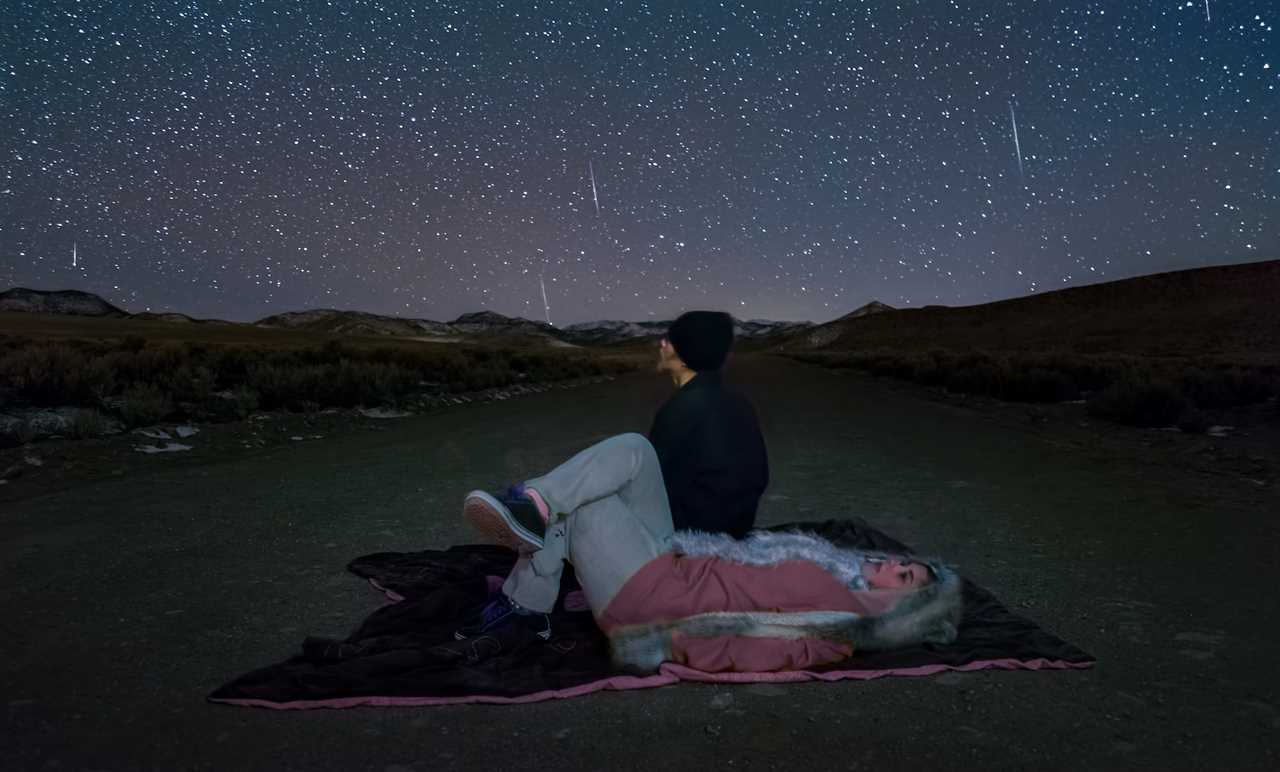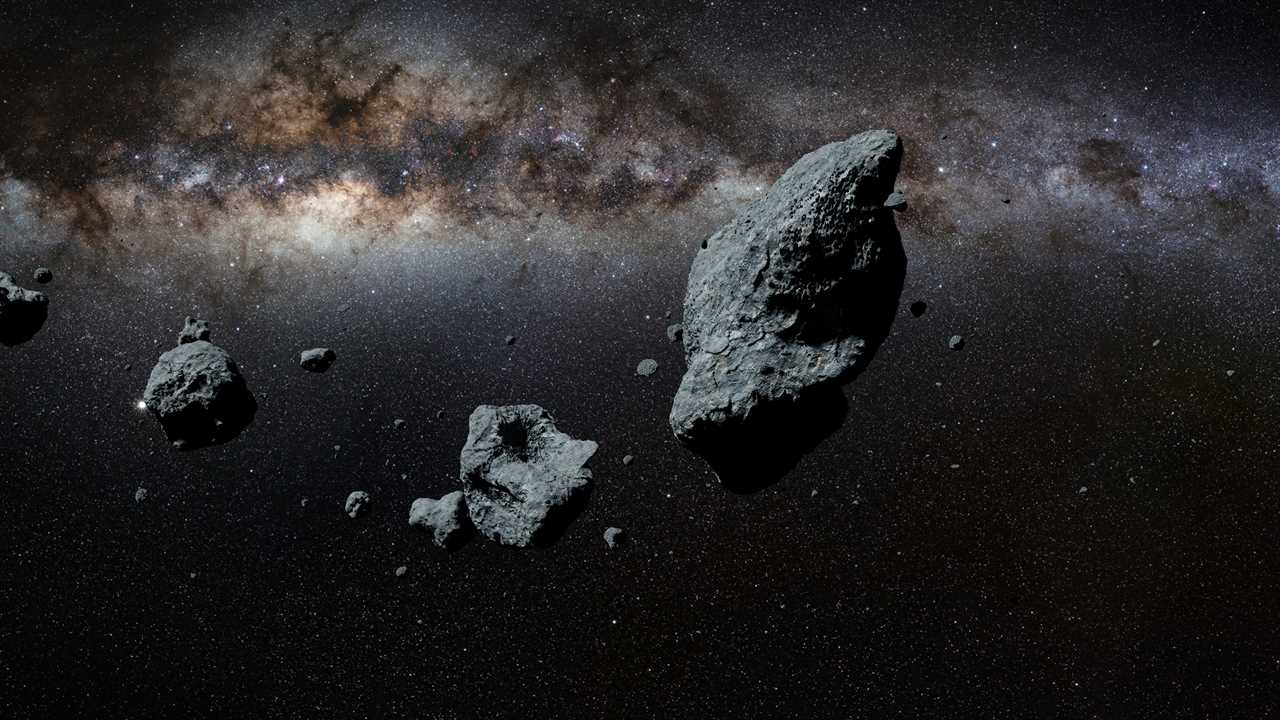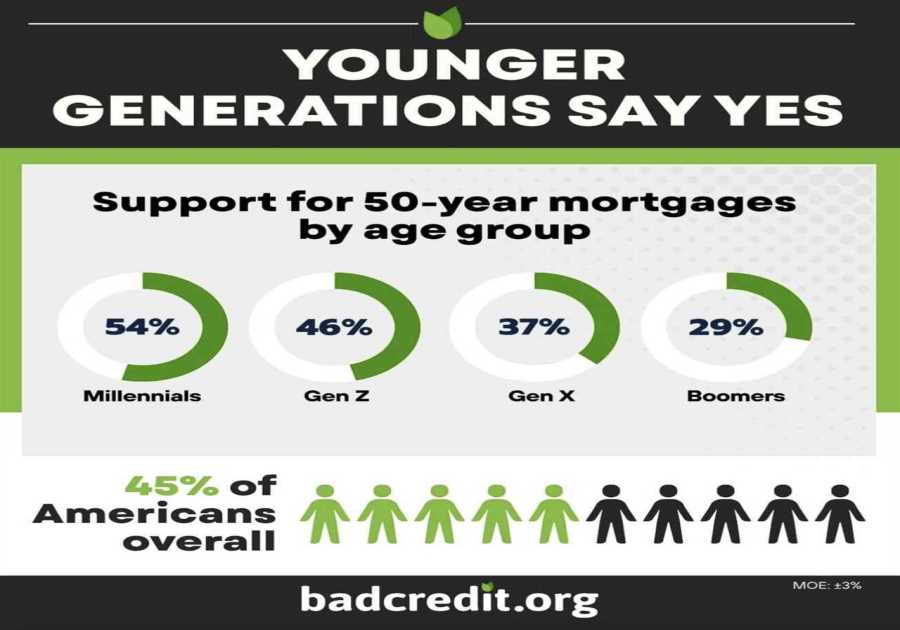Nazarii Neshcherenskyi
- The first meteor shower of the year is here. The Quadrantids peak early morning on January 4.
- There's only about a 6-hour window where you can catch the most brilliant shooting stars.
- NASA says the Quadrantids are considered some of the best meteor showers that appear each year.
Our planet is on a collision course, racing toward a thin stream of dust in space. When the two meet, the debris should rain down toward Earth at 90,000 mph, producing a meteor shower called the Quadrantids.
NASA said the Quadrantids are one of the most spectacular annual meteor showers. But they can be quite tricky to catch because they only peak within a 6-hour window, according to EarthSky.
Sometimes the peak occurs during the day, and we miss them. But not this year! The meteor shower is expected to peak at 7:53 a.m. ET on Thursday, Space.com reported.
So the best time to see the Quadrantids in North America this year would be the early morning hours before dawn, starting at 4:53 a.m. ET, per Space.com.
Over 100 meteors an hour

harpazo_hope/Getty Images
The Quadrantids can produce bright fireballs and are one of, if not the, strongest meteor showers of the year, according to the American Meteor Society.
On a dark, moonless night, the Quadrantids can produce over 100 meteors per hour, according to EarthSky.
But that's during an exceptional night under optimal viewing conditions. On average, they tend to produce about 25 meteors an hour, AMS said.
The moon will be about half full on the morning of January 4, so its light will likely interfere with your view. But if you look toward the northern half of the sky, this should help, the AMS said.
NASA also recommends lying flat on your back with your feet facing northeast.
Moreover, if you want maximum fireball fun, it's best if you're far from city lights, under dark skies, and give your eyes about 30 minutes to adjust to the dark.
The unusual Quadrantids

dottedhippo/Getty Images
Most meteor showers originate from comets. For example, the Perseids come from comet 109P/Swift-Tuttle and the Leonids come from comet 55P/Tempel-Tuttle.
For well over a century, scientists didn't know where the Quadrantids came from. But in 2003, the Lowell Observatory Near-Earth Object Search discovered its mysterious origins: an asteroid called asteroid 2003 EH1, per NASA.
The asteroid is fairly small, measuring about two miles in diameter, and it takes about 5.5 years to orbit the sun. As it speeds through space, the solar wind flicks off bits of dust and ice from the asteroid.
That debris is what our planet is about to collide with. The stream from asteroid 2003 EH1 is fairly narrow and Earth passes through it at a perpendicular angle.
That's why the prime window of opportunity for catching the Quadrantids is only about 6 hours compared to other meteor showers that can produce large numbers of meteors for a day or two.
Read More
By: [email protected] (Jessica Orwig)
Title: The Quadrantids are the first meteor shower of 2024. Here's where to look and the best time to see it.
Sourced From: www.businessinsider.com/quadrantids-meteor-shower-where-when-best-time-how-see-2024-1
Published Date: Wed, 03 Jan 2024 22:25:00 +0000
Did you miss our previous article...
https://trendinginbusiness.business/politcal/the-state-that-left-millennials-behind
.png)





